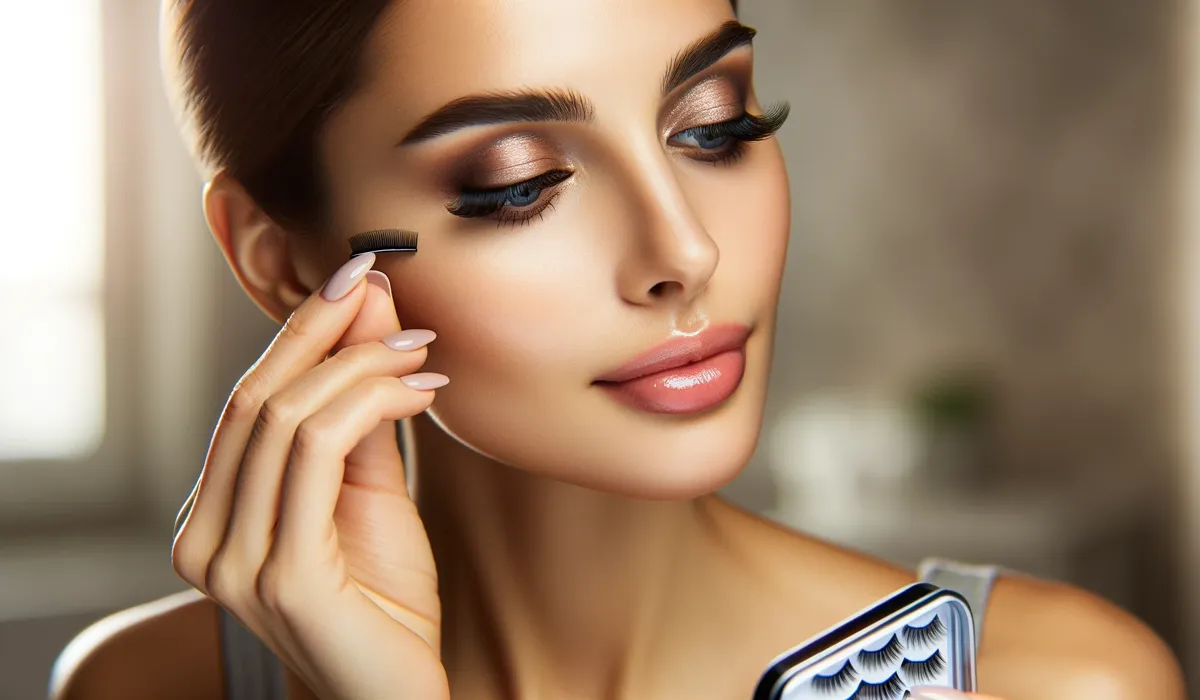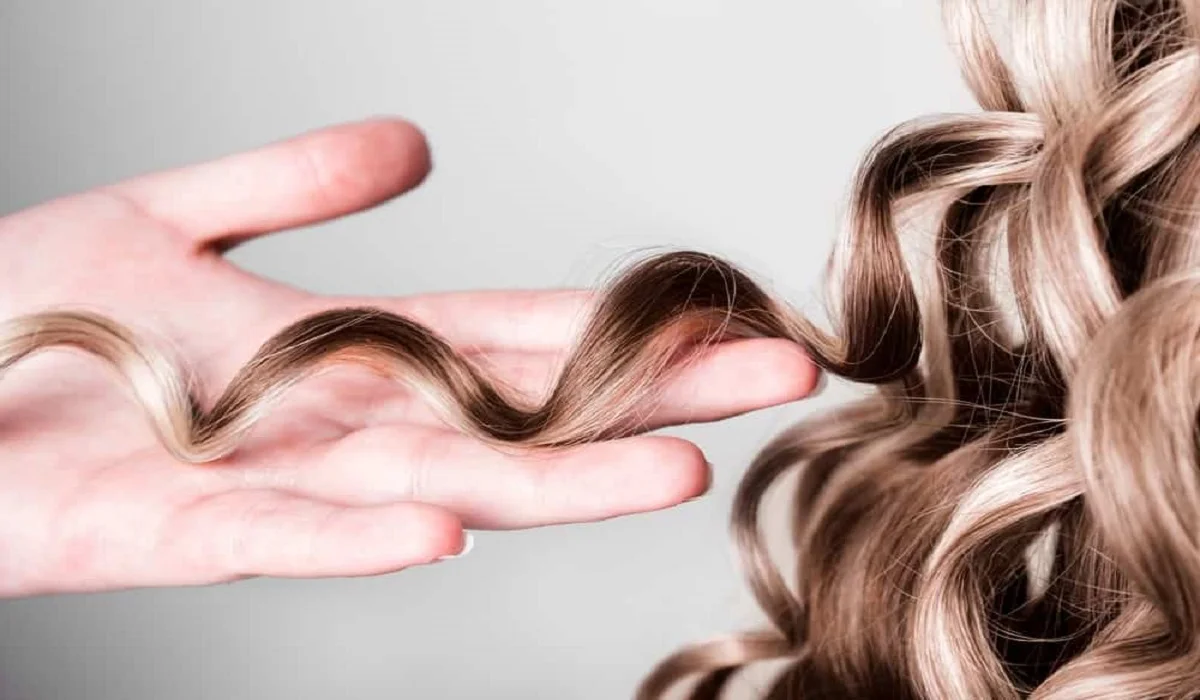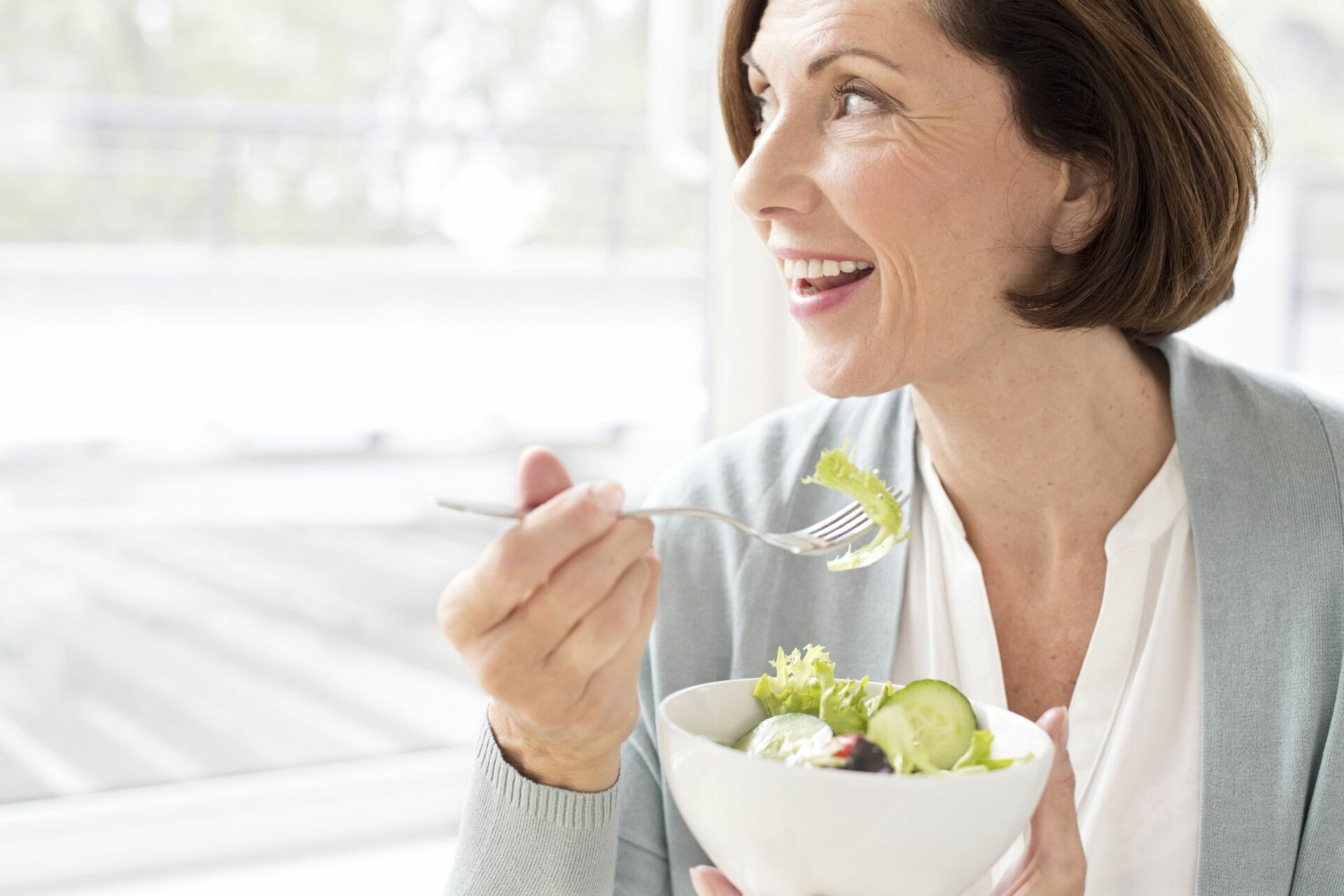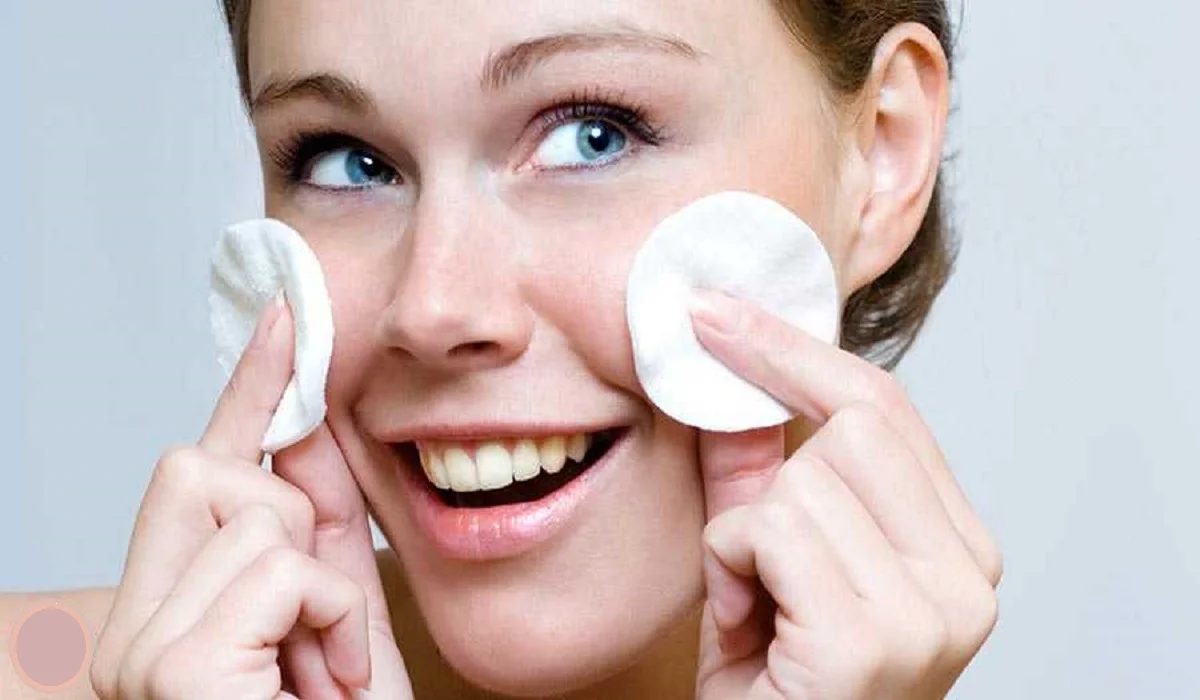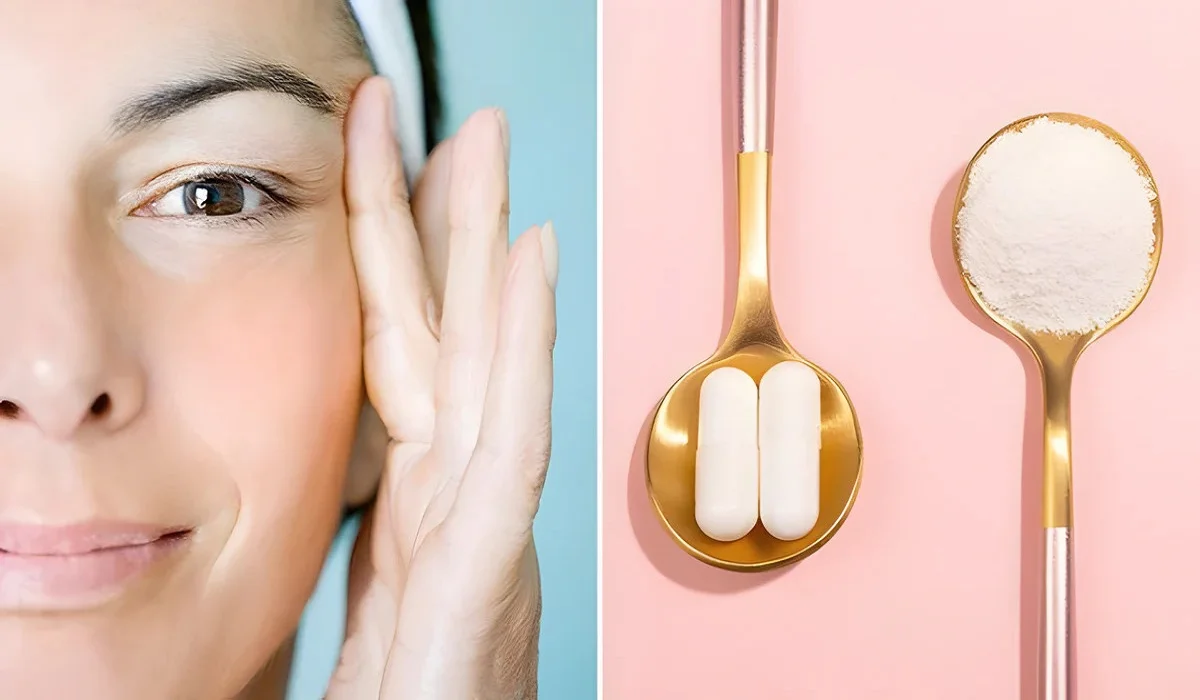The significance of nurturing healthy cuticles transcends mere aesthetics, impacting the fundamental health of your nails. Acting as a shield, cuticles protect the nail matrix from infections that might compromise nail integrity and growth. Despite their critical role, cuticles often remain neglected in routine beauty care, leading to potential health dilemmas, including infections. This detailed guide delves into effective methods to safeguard your cuticles against infection, ensuring their resilience and allure.

Deciphering Cuticle Well-being
Cuticles, the skin’s natural boundary at the nail’s inception, are pivotal in defending against microbial invasion. Optimal cuticle health is indicated by their soft, slightly pale appearance, tightly bonded to the nail. In contrast, infection signs manifest as redness, swelling, and discomfort.
Root Causes of Cuticle Infections Infections
in cuticles stem from bacteria, fungi, or yeast, exploiting minor abrasions or damages. Excessive exposure to moisture, aggressive chemicals, or subpar nail maintenance heightens infection susceptibility.
Strategies for Cuticle Preservation
Emphasizing Hand and Nail Cleanliness: Diligent washing and drying of hands forestall harmful microbial buildup around the nails.
- Hydration Practices: Regular application of premium cuticle oils or hand moisturizers post-washing aids in preventing fissures and tears.
- Manicure Safety: Sterilization of manicure tools and cautious cuticle management minimize infection entryways.
Intervention for Initial Infection Indicators
Upon observing initial infection markers, such as slight redness or swelling, employing warm saltwater soaks may provide relief. Persistent symptoms warrant professional medical consultation to avert further health implications.
Nutritional Impact on Cuticle Vigor
Diet significantly influences skin and nail condition. Integrating biotin (vitamin B7), vitamin E, and omega-3-rich foods like eggs, nuts, and fish fosters cuticle vitality from within.
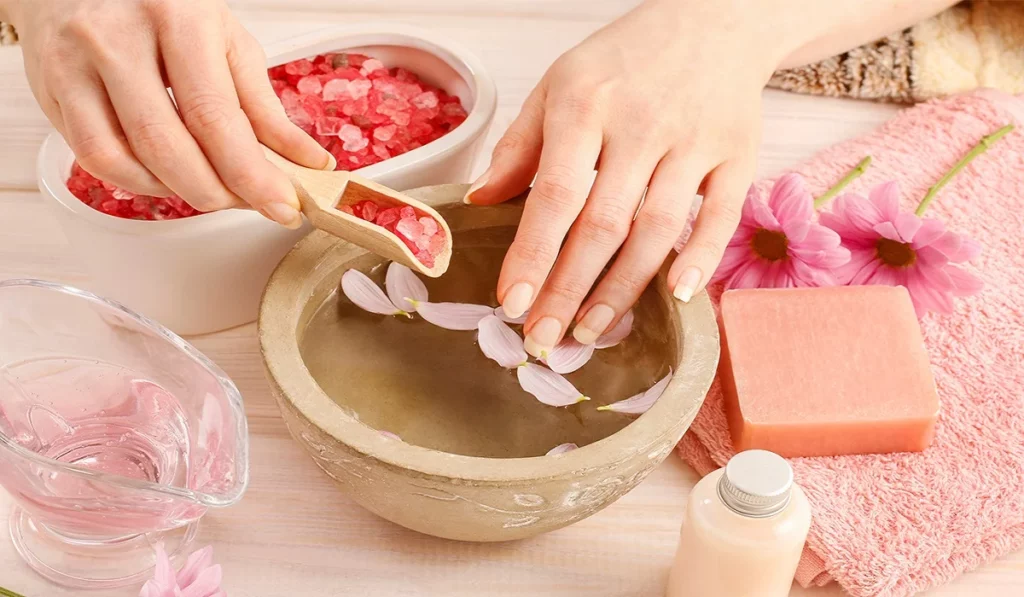
Balancing Professional and Home Nail Care
While professional manicures guarantee safe practices, reducing cuticle damage risks, informed and cautious home care remains a viable option, necessitating investment in quality instruments and knowledge.
Adapting Cuticle Care to Environmental Shifts
Seasonal variations pose challenges to cuticle health. Winter’s cold and indoor heating demand augmented hydration efforts, whereas summer’s swimming activities expose cuticles to detrimental chemicals. Modulate your care regimen to counter these conditions, employing protective measures like gloves when needed.
Moisturizing’s Pivotal Role
Selecting moisturizers infused with natural oils like jojoba or almond ensures cuticles stay pliant and hydrated.
Manicure Conduct Guidelines
Opt for sanitized, superior manicure apparatus and eschew damaging practices. Prefer mild nail polish removers and sidestep potentially harmful nail enhancements.
Sustained Cuticle Care Tactics
Establishing a routine for gentle cleansing, hydration, and environmental protection fosters enduring cuticle and nail health. Vigilance towards cuticle and nail alterations is crucial, as they may signal underlying health concerns.
- Optimal cuticle moisturization frequency? Twice daily moisturization, morning and night, is advisable, with adjustments based on hand washing frequency.
- Possibility of recuperating damaged cuticles? Yes, appropriate care and hydration facilitate cuticle recovery. Refrain from picking at or biting cuticles to encourage healing.
- Infected cuticle indicators? Infection is suggested by redness, swelling, pain, and occasionally pus. Seek medical advice upon noticing these symptoms.
- Is cuticle retraction advisable? Yes, provided it’s done gently post-bath or shower when cuticles are most pliable, using a wooden orange stick or cuticle pusher.
- Safely managing hangnails? Use sterile cuticle scissors for trimming, avoiding any pulling or tearing to prevent infection.
In conclusion, diligent cuticle care is indispensable for preventing infections, underpinning the health and aesthetics of your nails. Adhering to the preventative and care strategies highlighted in this guide will ensure robust cuticle health, contributing to your nails’ overall well-being and appearance. Consistent, mindful attention to cuticle care wards off common issues, maintaining your nails in pristine condition.

